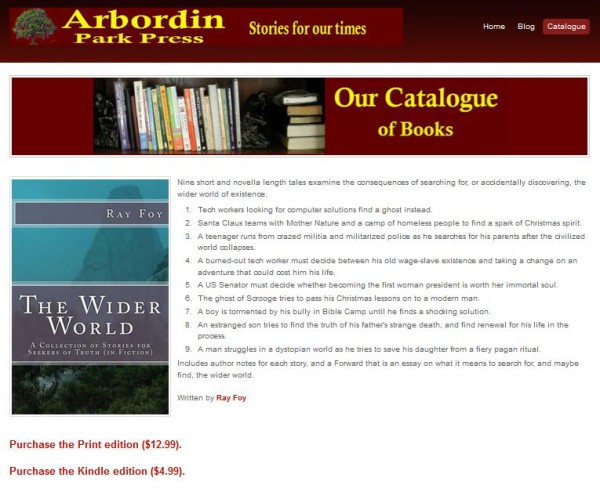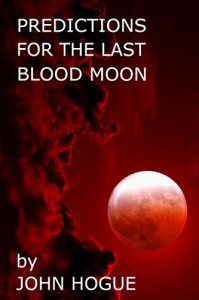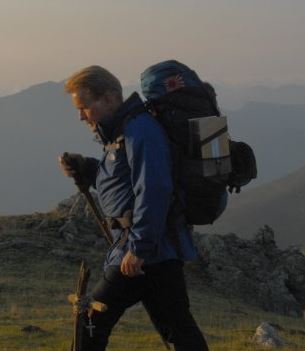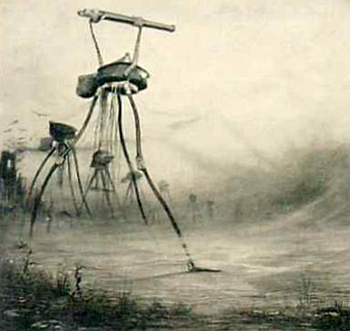

The Girl Who Played with Fire is the second novel in the late Stieg Larsson's Millennium series featuring the troubled, but brilliant, Lisbeth Salander. It is a thriller driven by a murder mystery as well as the mystery of "the evil" that set Salander's life course. There are psycho bad guys, corrupt health care professionals, a genetically modified killer, a task force of well and not-so-well intentioned cops, and a band of crusading journalists. All are tossed around in a ball of plot-threads that are wide-ranging before they are tied up (or at least brought into proximity). It's all held together by Mr. Larsson's depiction of Salander's quirky character and the mystery of her early life and the threats on her current life, which will keep you reading to the end.
I have not read the first book in the series, The Girl With the Dragon Tattoo, but I did see the two movies made on it (the Swedish one and the American one with Daniel Craig). So I knew the story and the Salander character, but didn't appreciate what made the books popular until I read the second one. In a nutshell, Mr. Larsson's formula is creating a Holmesian mystery to be solved by a very eccentric but brilliant protagonist with the aid of a much more grounded and moral partner. It worked for Arthur Conan Doyle and it worked for Mr. Larrson.
Lisbeth Salander is probably as brilliant as Sherlock Holmes, though her deductive skills are augmented with computer hacking skills. She's a genius in mathematics that carries over into a genius for computer technology. She is an accomplished researcher but, also like Sherlock Holmes, has minimal social skills. That social lack keeps her in trouble with coworkers and ultimately sabotaged her budding relationship with her partner, Mikael Blomkvist, in the first book. She sees life in black-and-white and is unforgiving. When she perceived Blomkvist as cheating on her in the first book, she turned completely against him. Regaining trust for Salander is a slow, painful, process and it is an aching progression in The Girl Who Played with Fire. Even so, it is interesting to see how Salander and Blomkvist are able to work together from a distance on the story's mystery.
So working apart, and with different motivations, Salander and Blomkvist apply their own skills to solving the murder of two of Blomkvist's journalist friends and of Salander's sleazy guardian--murders that Salander becomes the prime suspect of. This murder mystery thread is kicked off by Salander's guardian, Nils Bjurman, scheming to get free from Salander's blackmailing of him, which she did to be free of his brutal exploitation that occurred in the first book. That thread, however, is preceded by a chapter describing Salander's time in the Caribbean solving a mini-murder mystery, having a physical relationship with a teenaged boy, and weathering a hurricane. Nothing of that situation or its characters is raised again in the rest of the book, so it may have been to show a softer side of Salander before the main plot, or it just planted seeds for the third book (which I haven't read). Anyway, it struck me as bit of misdirection.
Once the main plot is kicked off, however, it becomes another engrossing read, for the most part. It is carried along by Salander's computer hacks (which struck me as pretty accurately depicted for pre-2004 technology), Blomkvist's journalistic research (and it's interesting to see the editorial workings of Millennium magazine, at least it was to me), and the investigations of the police task force. In all this, there are a lot of characters to keep up with, especially among the police. The major ones coalesce into characters, but many remain just names. In fact, there were so many characters with small threads entwining the main cable, that I nearly lost the flow a few times. The omniscient point-of-view added to the sprawling effect, with the POV changing sometimes from sentence-to-sentence. It never got too bad, however, and it was worth sticking with it.
Part of the story involves sex-trade trafficking and the reader learns a bit about that. We see that it's mostly done by low-level gangs of low-brow criminals rather than a high-powered mafia. Prostitutes are created from impoverished young women taken, or enticed, from eastern European countries to the more advanced ones, like Sweden. That creation is done brutally and provides a key plot element. But then there are sections where Mr. Larsson describes some very open-minded sexual attitudes among his characters, including Salander. They're so open-minded they seem unreal, but it may have simply been a device to contrast attitudes between regular people and the criminals. Still, some of Mr. Larsson's characters engage in some very casual sex to the point that it didn't seem believable and it seemed out-of-character even for Salander. Of course, maybe it's that way in Sweden.
My other little criticism is that there are long sections where the plot is advanced only by a lot of dialogue among characters and little action. I think Mr. Larsson took this a tad too far, but not enough for me to abandon the book. The dialogue is interesting but it is a lot of telling-not-showing, technically speaking. On the other hand, Mr. Larsson was skilled enough to get away with it, as the conversations were generally interesting. It's like listening in on professionals discussing an engrossing topic.
The story is told in four parts. Each part begins with a mathematical rule or theorem, implied as coming from a book of mathematics that Salander is reading. I supposed Mr. Larsson was making a connection from the math to the section of his story it headed. If that's the case, I'm not mathematical enough to appreciate it.
The last third of the book turns very action-oriented and leads to a thrilling and satisfying conclusion that is enhanced by Mr. Larsson making Salander a Christ-figure. It took some guts for him to make that come off well, and he did it.
The Girl Who Played with Fire is a continuation of The Girl with the Dragon Tattoo more than a sequel. The characters evolve, especially Lisbeth Salander, who does so in a believable and engaging way. She is already a new classic in literary characters and is the great strength of Mr. Larsson's Millennium series.

 3
3






















